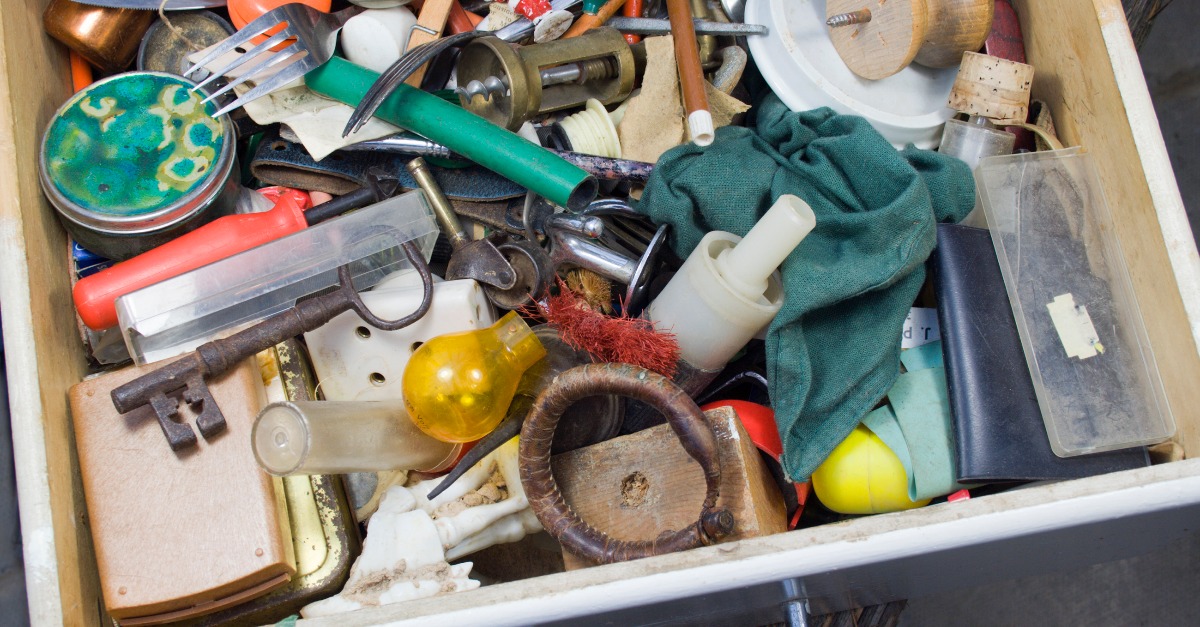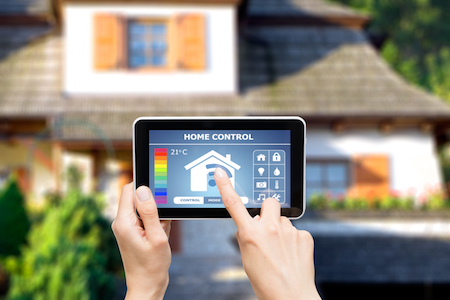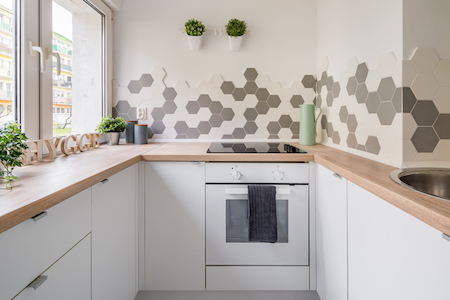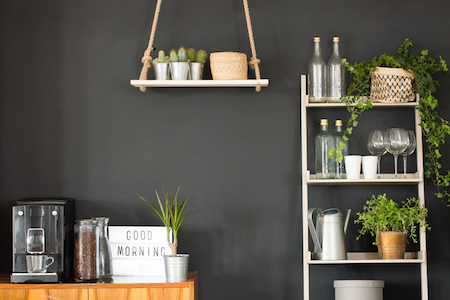
A good-looking houseplant adds pizzazz to your home. It can also be the next best thing to a live-in housekeeper, says John VanZile, author of Houseplants for A Healthy Home, out in May.
That’s because a number of houseplants contain properties that help rid the air around you of various chemicals and parasites. In fact, VanZile told House Beautiful, installing a few potted plants in your home can help you breathe and even sleep better without ever lifting a vacuum.
Top contenders to choose from include:
Rubber Plan: In addition to a adding dramatic accent to any room, studies show that rubber plants can remove airborne toxins from the air, such as formaldehyde—found in many cleaning supplies. VanZile advises wiping the leaves with a moist paper towel now and then to keep their pores open for optimal air purification.
Boston Fern: These lush ferns are great for removing common airborne pollutants like formaldehyde, xylene and toluene, which are thought to cause headaches, trouble breathing and the growth of cancerous cells. The Boston fern also combats winter dryness by raising indoor humidity.
Areca Palm: A 1989 NASA study declared this stately palm to be one of the most powerful air-purifying plants, particularly for its ability to remove formaldehyde from an indoor environment.
Peace Lily: The beautiful, blooming Peace Lily is a powerhouse for filtering air. NASA studies show it can filter benzene, formaldehyde, tri-chloroethylene (TCE), xylene, toluene and ammonia from indoor air–toxins that can cause headaches, respiratory problems and an increased risk of cancer. The Peace Lily can also remove airborne mold that aggravates allergies and asthma symptoms. VanZile recommends placing a few in your bathroom to reduce mold growth.
Philodendron. These popular and attractive houseplants are easy to grow and clean the air of formaldehyde and xylene, a toxin found in glues and leathers.












